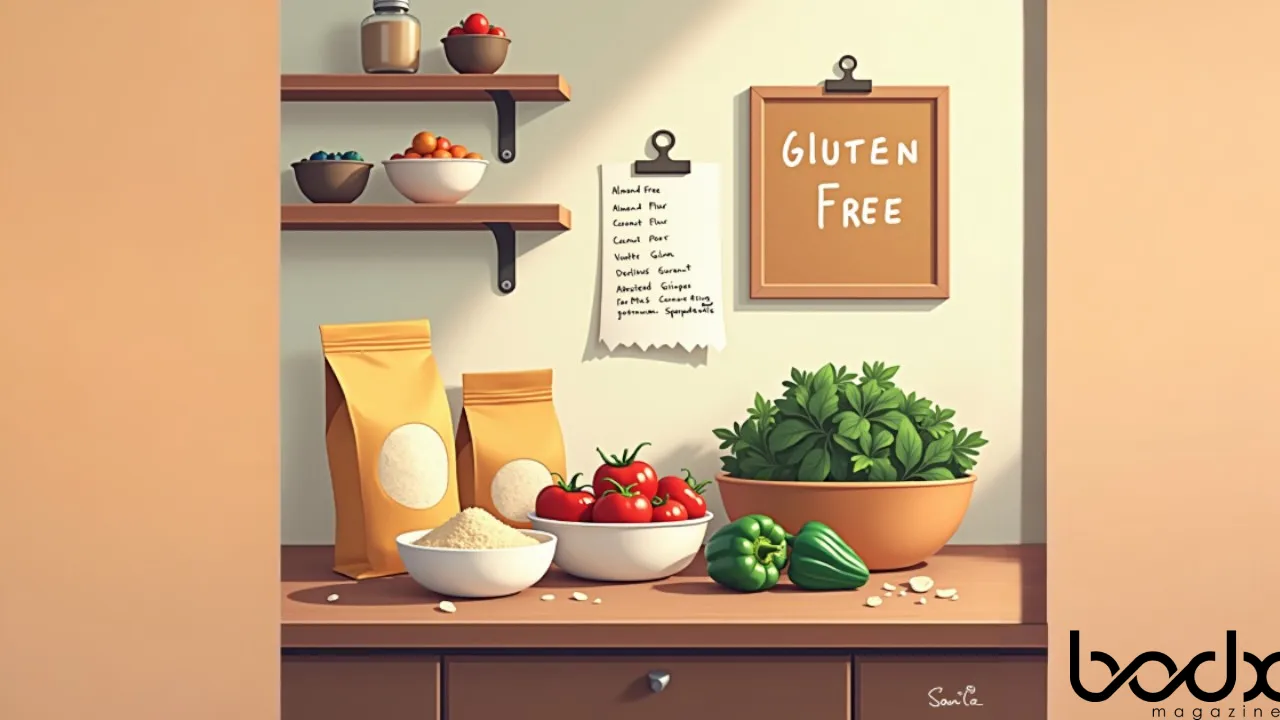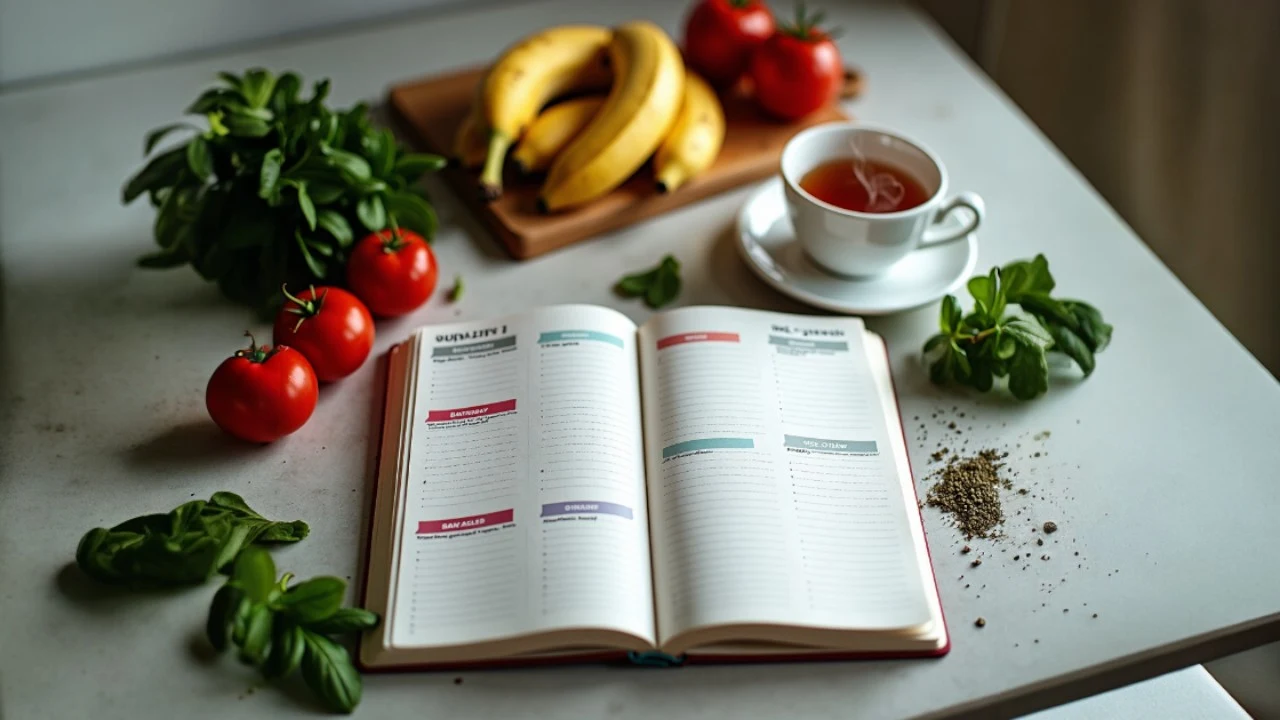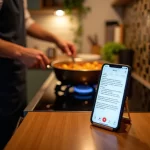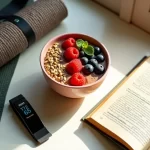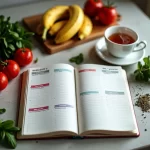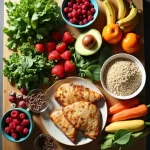Introduction
In today’s health-conscious world, many individuals are seeking ways to improve their diet and overall well-being. One popular approach is adopting a gluten-free diet. Whether due to celiac disease, gluten sensitivity, or personal preference, a gluten-free lifestyle can offer numerous health benefits. In this comprehensive guide, we will explore a variety of gluten-free recipes and meal plans tailored for special diets. Our goal is to provide you with delicious, nutritious, and easy-to-follow options that will make your gluten-free journey enjoyable and sustainable.
Understanding Gluten and Its Impact
What is Gluten?
Gluten is a protein found in wheat, barley, and rye. It gives dough its elasticity and helps it rise and maintain its shape. While gluten is harmless for most people, it can cause serious health issues for those with celiac disease or gluten sensitivity.
Health Implications of Gluten
For individuals with celiac disease, consuming gluten triggers an immune response that damages the small intestine lining, leading to nutrient malabsorption and various health problems. Gluten sensitivity, on the other hand, can cause symptoms like bloating, diarrhea, and fatigue without the intestinal damage seen in celiac disease.
Benefits of a Gluten-Free Diet
Improved Digestive Health
Many people report better digestive health after eliminating gluten from their diet. Symptoms like bloating, gas, and diarrhea often improve, leading to a more comfortable and enjoyable eating experience.
Increased Energy Levels
A gluten-free diet can help stabilize blood sugar levels and reduce inflammation, resulting in increased energy and reduced fatigue. This can be particularly beneficial for individuals with chronic fatigue syndrome or fibromyalgia.
Enhanced Nutrient Absorption
By healing the gut and reducing inflammation, a gluten-free diet can improve nutrient absorption, leading to better overall health and well-being.
Gluten-Free Meal Planning
Creating a Balanced Gluten-Free Meal Plan
A well-balanced gluten-free meal plan should include a variety of foods to ensure you get all the necessary nutrients. Focus on incorporating fresh fruits and vegetables, lean proteins, healthy fats, and gluten-free grains.
Breakfast Ideas
- Gluten-Free Oatmeal: Start your day with a warm bowl of gluten-free oatmeal topped with fresh berries, nuts, and a drizzle of honey.
- Smoothie Bowls: Blend your favorite fruits with almond milk and top with gluten-free granola and chia seeds.
- Egg Muffins: Prepare a batch of egg muffins with spinach, tomatoes, and cheese for a quick and easy breakfast option.
Lunch Ideas
- Quinoa Salad: Combine cooked quinoa with chopped vegetables, feta cheese, and a lemon vinaigrette for a refreshing and filling lunch.
- Lettuce Wraps: Use large lettuce leaves to wrap grilled chicken, avocado, and salsa for a light and satisfying meal.
- Gluten-Free Sandwiches: Use gluten-free bread to make your favorite sandwiches, such as turkey and avocado or hummus and veggie.
Dinner Ideas
- Grilled Salmon with Veggies: Serve grilled salmon with a side of roasted vegetables and quinoa for a nutritious and delicious dinner.
- Stuffed Bell Peppers: Fill bell peppers with a mixture of ground turkey, rice, and spices, then bake until tender.
- Gluten-Free Pasta: Enjoy a comforting bowl of gluten-free pasta with marinara sauce and a side salad.
Snacks and Desserts
- Fruit and Nut Bars: Make your own gluten-free fruit and nut bars for a healthy and portable snack.
- Yogurt Parfaits: Layer gluten-free granola, yogurt, and fresh fruit for a tasty and nutritious treat.
- Gluten-Free Cookies: Bake a batch of gluten-free cookies using almond flour and dark chocolate chips.
Gluten-Free Recipes for Special Diets
Vegan Gluten-Free Recipes
Vegan Gluten-Free Pancakes
Ingredients:
- 1 cup gluten-free flour blend
- 1 tablespoon baking powder
- 1 tablespoon sugar
- 1/4 teaspoon salt
- 1 cup almond milk
- 1 tablespoon apple cider vinegar
- 1 teaspoon vanilla extract
Instructions:
- In a large bowl, whisk together the flour, baking powder, sugar, and salt.
- In a separate bowl, combine the almond milk, apple cider vinegar, and vanilla extract.
- Pour the wet ingredients into the dry ingredients and stir until just combined.
- Heat a non-stick skillet over medium heat and pour 1/4 cup of batter for each pancake.
- Cook until bubbles form on the surface, then flip and cook until golden brown.
Vegan Gluten-Free Buddha Bowl
Ingredients:
- 1 cup cooked quinoa
- 1 cup roasted chickpeas
- 1 cup steamed broccoli
- 1/2 cup shredded carrots
- 1/2 avocado, sliced
- 2 tablespoons tahini
- 1 tablespoon lemon juice
- Salt and pepper to taste
Instructions:
- In a large bowl, combine the quinoa, chickpeas, broccoli, carrots, and avocado.
- In a small bowl, whisk together the tahini, lemon juice, salt, and pepper.
- Drizzle the tahini dressing over the Buddha bowl and toss to combine.
Paleo Gluten-Free Recipes
Paleo Gluten-Free Chicken Stir-Fry
Ingredients:
- 2 chicken breasts, sliced
- 2 tablespoons coconut oil
- 1 bell pepper, sliced
- 1 zucchini, sliced
- 1 cup snap peas
- 2 tablespoons coconut aminos
- 1 teaspoon garlic powder
- 1 teaspoon ginger powder
Instructions:
- Heat the coconut oil in a large skillet over medium-high heat.
- Add the chicken and cook until browned and cooked through.
- Add the bell pepper, zucchini, and snap peas, and cook until tender.
- Stir in the coconut aminos, garlic powder, and ginger powder.
- Serve hot.
Paleo Gluten-Free Banana Bread
Ingredients:
- 3 ripe bananas, mashed
- 3 eggs
- 1/4 cup coconut oil, melted
- 1/4 cup honey
- 1 teaspoon vanilla extract
- 2 cups almond flour
- 1 teaspoon baking soda
- 1/2 teaspoon salt
Instructions:
- Preheat the oven to 350°F (175°C) and grease a loaf pan.
- In a large bowl, combine the mashed bananas, eggs, coconut oil, honey, and vanilla extract.
- In a separate bowl, whisk together the almond flour, baking soda, and salt.
- Pour the dry ingredients into the wet ingredients and stir until just combined.
- Pour the batter into the prepared loaf pan and bake for 45-50 minutes, or until a toothpick inserted into the center comes out clean.
Tips for Dining Out on a Gluten-Free Diet
Research Restaurants in Advance
Before heading out, research restaurants that offer gluten-free options. Many establishments now provide gluten-free menus or clearly mark gluten-free items on their regular menus.
Communicate with Staff
When dining out, always inform the staff about your gluten-free needs. Ask questions about how dishes are prepared and whether there is a risk of cross-contamination.
Choose Simple Dishes
Opt for simple dishes that are less likely to contain hidden gluten. Grilled meats, salads, and steamed vegetables are usually safe choices.
Conclusion
Adopting a gluten-free diet can be a rewarding and healthful choice, especially for those with celiac disease or gluten sensitivity. By incorporating a variety of delicious and nutritious gluten-free recipes into your meal plan, you can enjoy a diverse and satisfying diet. Remember to plan your meals carefully, communicate your dietary needs when dining out, and explore new recipes to keep your gluten-free journey exciting and enjoyable.
FAQs
1. What are some common gluten-free grains?
Common gluten-free grains include quinoa, rice, millet, buckwheat, and amaranth. These grains can be used in a variety of recipes to replace gluten-containing grains.
2. Can I eat oats on a gluten-free diet?
Yes, but make sure to choose oats that are labeled gluten-free. Regular oats can be contaminated with gluten during processing.
3. How can I ensure my gluten-free baked goods turn out well?
Use a gluten-free flour blend and add a binding agent like xanthan gum or guar gum to improve the texture and structure of your baked goods.
4. Are there any gluten-free substitutes for soy sauce?
Yes, coconut aminos and tamari are both gluten-free alternatives to soy sauce.
5. What should I look for on food labels to avoid gluten?
Look for labels that state “gluten-free” and check the ingredient list for wheat, barley, rye, and their derivatives.
6. Can a gluten-free diet help with weight loss?
A gluten-free diet can lead to weight loss if it involves cutting out processed foods and focusing on whole, nutrient-dense foods. However, it’s not a guaranteed weight loss solution.
7. Is it safe for children to follow a gluten-free diet?
Yes, but it’s important to ensure they receive all necessary nutrients. Consult with a healthcare professional before making significant dietary changes for children.
8. How can I prevent cross-contamination in my kitchen?
Use separate utensils, cutting boards, and cookware for gluten-free foods. Clean surfaces thoroughly and store gluten-free items separately from gluten-containing foods.
9. Are there any gluten-free alcoholic beverages?
Yes, many alcoholic beverages are gluten-free, including wine, cider, and spirits. However, be cautious with beer, as most traditional beers contain gluten. Look for gluten-free beer options.
10. Can I eat processed foods on a gluten-free diet?
Yes, but always check the labels for gluten-containing ingredients. Many processed foods can contain hidden sources of gluten, so it’s important to be vigilant.


